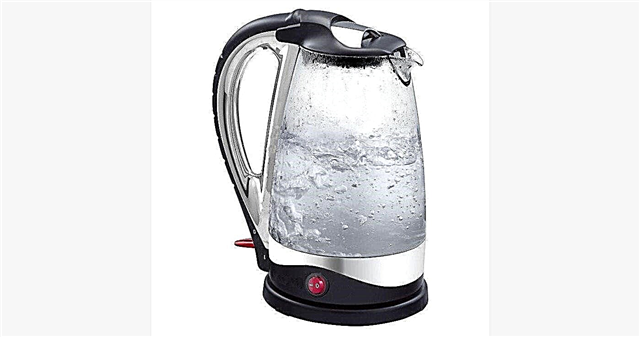
Mercury thermometers have been replaced by safer and more convenient electronic, infrared and other types of devices. How does this device work and why do you need to shake it before use?
Mercury thermometer device
A mercury thermometer belongs to the liquid category and is a glass tube that is sealed on both sides. All air is pumped out from the inside - absolute vacuum conditions are created so that external factors cannot influence the temperature indicators.
At the bottom of the tube is a flask of mercury. At this point, the tube narrows sharply. The amount of mercury in the flask is about 2 grams. There is also a scale from 35 to 42 ℃ with a division of 0.1 degrees for the most accurate measurement. A thin capillary is located between the flask and the measuring tube, which prevents the return of mercury back to the tank.

Interesting fact: Since 2020, the production and use of mercury thermometers, as well as some other types of products containing mercury, is prohibited. Such an agreement was concluded by 128 states during the signing of the Minamata Convention on Mercury.
Principle of operation
The basis of the mercury thermometer is the principle of fluid expansion. Mercury is a metal that is in a liquid state at room temperature (melting starts at a temperature of -38.8 ℃).When the device comes into contact with the skin, it begins to gradually heat up. The temperature measurement time is 7-10 minutes.
When heated, mercury rises from the tank up the tube, passing through the capillary. This process continues until the maximum temperature is reached. After that, the mercury column stops displaying body temperature.
Such a thermometer is called the maximum. To measure the temperature again, it is necessary to shake the device sharply, but very carefully. Only then will the liquid return to the flask. Cooling does not affect mercury. There is no pressure in the tube, so it cannot pass through the capillary in the opposite direction.
A mercury medical thermometer is called maximum. Mercury slowly reaches its highest body temperature, but then captures it. The liquid does not fall down even after the device ceases to contact the body.

This is explained by the design of the medical thermometer - in contrast to the room thermometer, there is a thin capillary between the mercury tank and the scale tube. Expanding from heating, mercury moves up. But it does not go down due to lack of pressure. Therefore, to reuse the thermometer is shaken.












